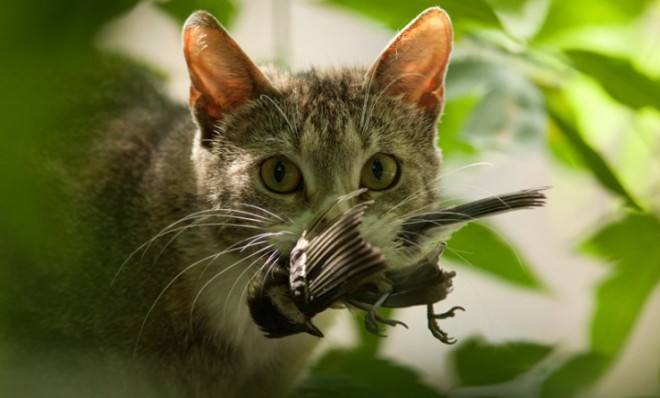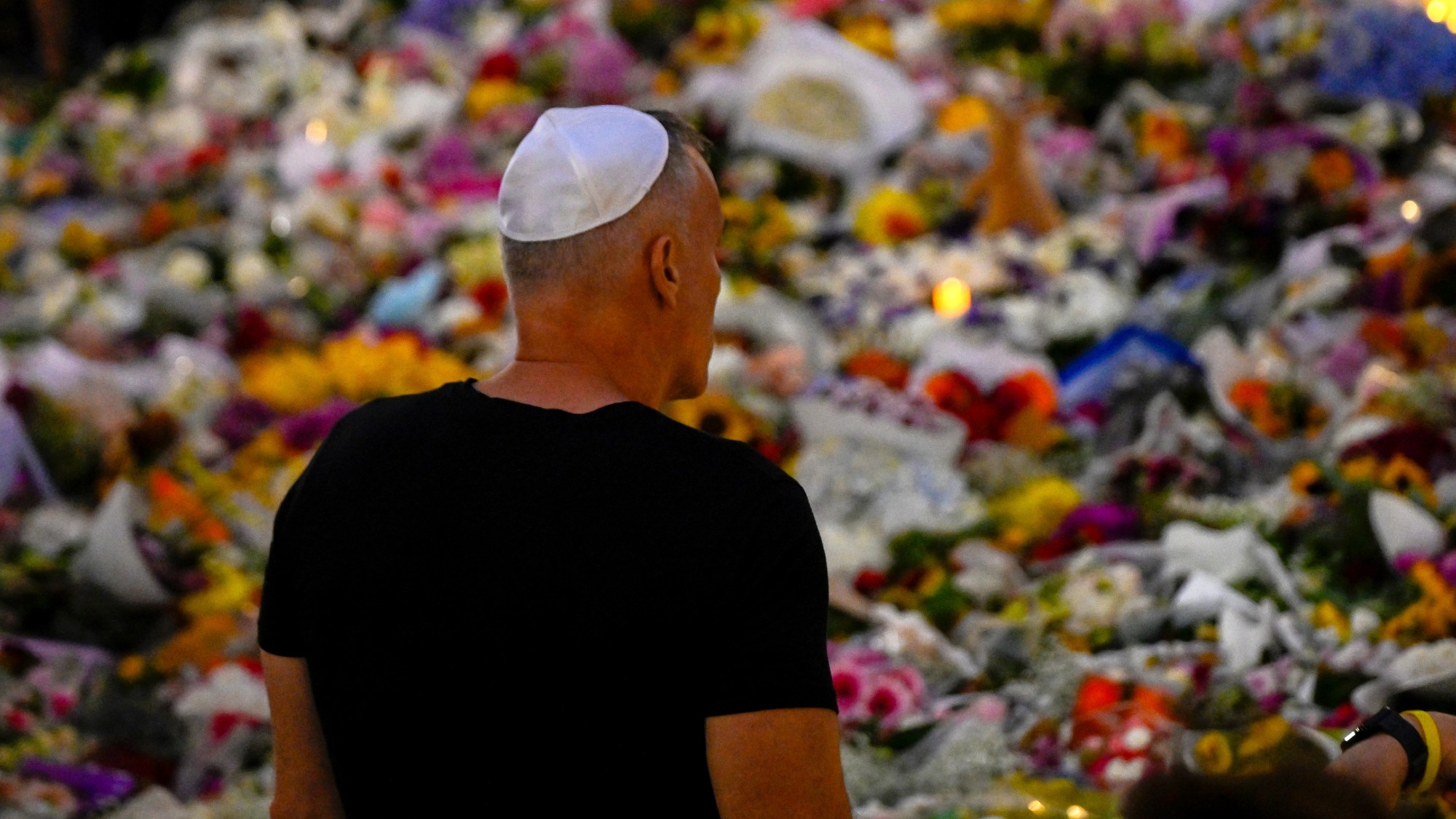The billions of animals killed by cats every year: By the numbers
The typical house cat murders between 4 and 18 birds every year, researchers say

The internet loves cats. And why not? They're cute, endlessly entertaining, and unlike dogs, don't require constant attention. But what do cats do when they're not curling up in your lap? According to biologists, they're off killing other animals — billions of 'em. Scientists from the Smithsonian Conservation Biology Institute and the Fish and Wildlife Service estimate that each year, apparently bloodthirsty felines are preying on billions of birds and small mammals like indigenous chipmunks, shrews, and meadow voles. "When we ran the model, we didn't know what to expect," researcher Dr. Peter Marra told the New York Times. "We were absolutely stunned by the results." The model, which crunches numbers from 21 existing studies, is the first of its kind in the United States, and follows on the heels of a controversial plan in New Zealand to eliminate the nation's cats. Here's a look at our killer cats, by the numbers:
84 million
House cats in the United States
The Week
Escape your echo chamber. Get the facts behind the news, plus analysis from multiple perspectives.

Sign up for The Week's Free Newsletters
From our morning news briefing to a weekly Good News Newsletter, get the best of The Week delivered directly to your inbox.
From our morning news briefing to a weekly Good News Newsletter, get the best of The Week delivered directly to your inbox.
4 to 18
Birds killed by a typical house cat every year
8 to 21
Small mammals killed by a typical house cat every year
A free daily email with the biggest news stories of the day – and the best features from TheWeek.com
30 million to 80 million
Free-roaming, feral cats estimated to be living in the United States. They either survive alone or live in colonies. In Washington, D.C., for example, there are estimated to be some 300 outdoor cat colonies.
23 to 46
Birds killed by each feral cat every year
129 to 338
Small mammals killed by each feral cat every year
1.4 billion to 3.7 billion
Total birds killed by America's cats every year
15
Percentage of all bird deaths estimated to come at the hands — er, paws — of cats every year
6.9 billion to 20.7 billion
Total small mammals killed by cats every year
2 to 4
Factor by which these newly estimated kill rates are higher than mortality figures previously suggested. "Our findings suggest that free-ranging cats cause substantially greater wildlife mortality than previously thought and are likely the single greatest source of anthropogenic mortality for U.S. birds and mammals," the study's authors conclude. "Scientifically sound conservation and policy intervention is needed to reduce this impact."
Sources: LiveScience, New York Times, USA Today
-
 Who is fuelling the flames of antisemitism in Australia?
Who is fuelling the flames of antisemitism in Australia?Today’s Big Question Deadly Bondi Beach attack the result of ‘permissive environment’ where warning signs were ‘too often left unchecked’
-
 Bulgaria is the latest government to fall amid mass protests
Bulgaria is the latest government to fall amid mass protestsThe Explainer The country’s prime minister resigned as part of the fallout
-
 Codeword: December 15, 2025
Codeword: December 15, 2025The daily codeword puzzle from The Week